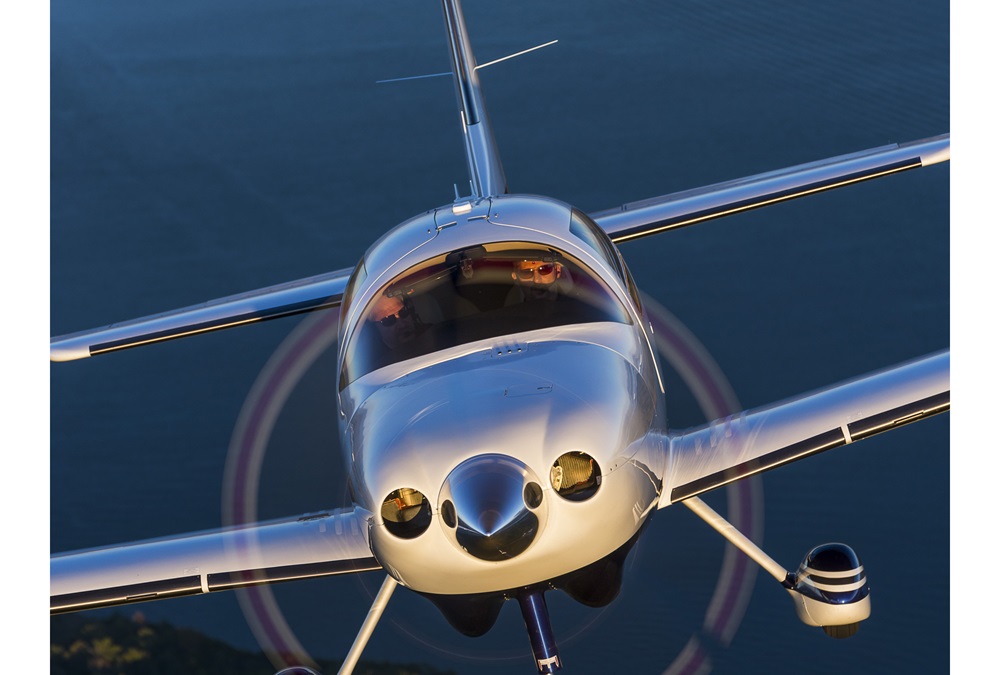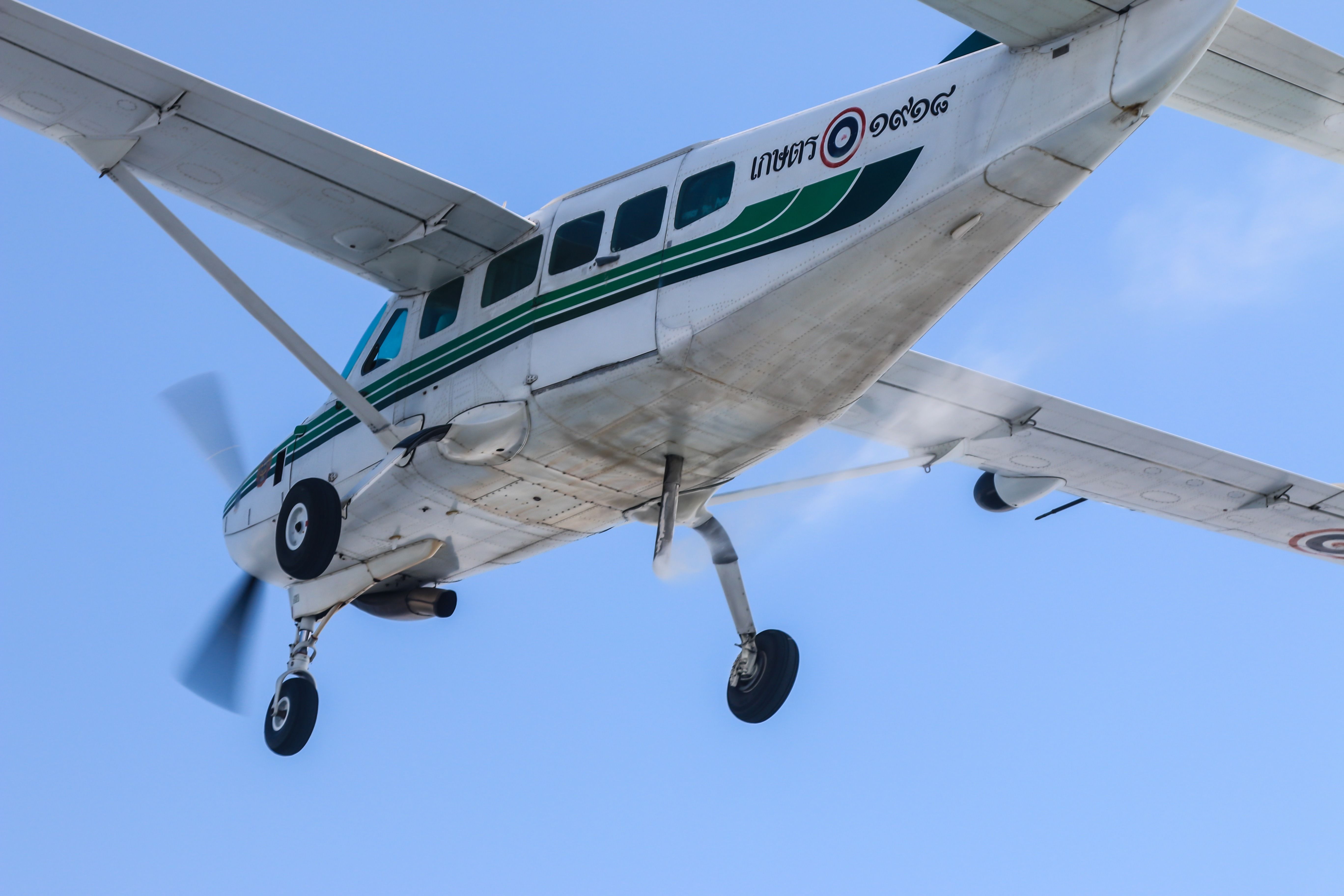Mastering the Skies: Essential Tips for Flying a Cessna TTX
The Cessna TTX, a marvel of modern aviation technology, combines speed, performance, and comfort, making it a favorite among private pilots and aviation enthusiasts. With its sleek design and advanced avionics, mastering the skies in a Cessna TTX is both a thrilling and rewarding endeavor. In this article, we explore essential tips and techniques to help pilots fly this sophisticated aircraft with confidence and ease.
Achieve New Heights: Flying a Cessna TTX with Ease

The Cessna TTX stands out with its cutting-edge Garmin G2000 avionics suite, which simplifies flight management and enhances situational awareness. To fly this aircraft effectively, pilots should familiarize themselves with the G2000’s features, including its touchscreen interface, integrated autopilot, and customizable displays. A comprehensive understanding of these systems not only boosts efficiency but also ensures a safer flying experience. Engaging in simulator training or utilizing online resources can be beneficial for pilots looking to hone their skills in using this technology.
Flight planning is another critical aspect of flying the Cessna TTX. Given its high-performance capabilities, pilots must pay close attention to weather conditions, airspace restrictions, and fuel management. The Cessna TTX’s robust engine allows for impressive speed and range, enabling long cross-country flights. Pilots should carefully plan their routes, taking into account potential fuel stops and alternate airports in case of unexpected changes in weather or other factors. Utilizing flight planning software can help streamline this process, making it more efficient and accurate.
Finally, understanding and optimizing flight dynamics in the Cessna TTX is essential for achieving a smooth flight. Pilots should be attentive to the aircraft’s weight and balance, ensuring they adhere to the recommended limits. The TTX’s aerodynamic design requires precise control inputs, especially during takeoff and landing phases. Pilots should practice maneuvers such as steep turns, stalls, and emergency procedures to become comfortable with the aircraft’s handling characteristics. Regular practice and adherence to the manufacturer’s guidelines contribute to a confident and safe flying experience.
Pilot’s Guide: Mastering the Cessna TTX Skies

Mastery of the Cessna TTX begins with a thorough pre-flight inspection. This step is crucial for identifying potential mechanical issues or discrepancies that could impact flight safety. Pilots should meticulously check the aircraft’s exterior and interior, focusing on critical components such as the engine, control surfaces, avionics, and fuel system. Utilizing a detailed checklist can ensure no aspect of the inspection is overlooked, thereby reducing the risk of in-flight complications.
Communication is key to successful flying, and the Cessna TTX offers an array of communication tools to facilitate this. Pilots should become proficient in using the aircraft’s radios and transponder, which are vital for maintaining contact with air traffic control and other aircraft. Understanding standard radio procedures and phraseology is essential, particularly in busy airspace or during instrument flight rules (IFR) conditions. Efficient communication not only enhances flight safety but also contributes to a seamless and professional flying experience.
Lastly, continuous learning and improvement are vital for mastering the Cessna TTX. Staying current with the latest aviation advancements and regulations, as well as participating in ongoing training and flight reviews, helps pilots maintain a high level of proficiency. Engaging with the aviation community, whether through online forums, local flying clubs, or industry events, provides opportunities for knowledge sharing and networking with fellow pilots. Embracing a mindset of lifelong learning ensures that pilots not only master the skies but also continue to grow and adapt as aviators.
Mastering the Cessna TTX requires a combination of technical skill, thorough preparation, and a commitment to continuous learning. By familiarizing themselves with the aircraft’s advanced avionics, mastering essential flight planning techniques, and honing their flight dynamics, pilots can fly the TTX with ease and confidence. As they embrace the challenges and rewards of flying this remarkable aircraft, pilots will find themselves achieving new heights and expanding their horizons in the world of aviation.



